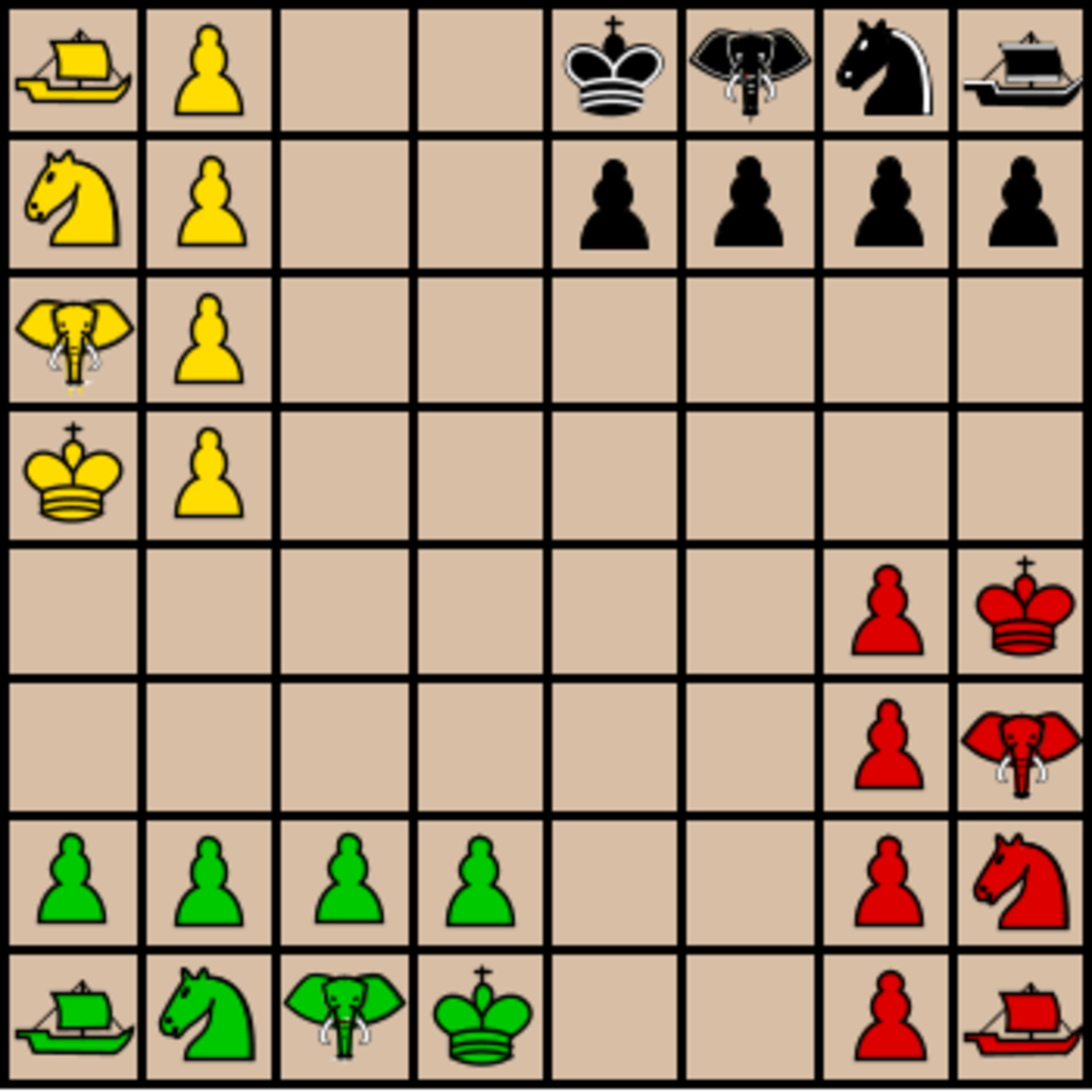Chess variations II: Alternate rules and situations
Hostage Chess:
Any piece taken by you becomes your piece. You can then drop onto your side of the board in any free location, at any point in time.
Difficulty: Just above average chess; 5.5/10. The difficulty is now in placement and knowing gthe consequences of losing a piece.
Fun: 10/10!!! Rub salt in your enemies wounds by using what they lost. Adds an additional boost to eating and really reinforces the consequences of losing pieces.
Edits to be made: Have an extra set of pieces set aside for use.
Dark/Fog of War Chess:
Your opponent’s moves and pieces are not visible. Pawns, who’s movement may be blocked by a piece will be informed that a move forward is an illegal move- on this point some variety is seen on informing players, as some versions have an umpire who can decide on whether they announce what piece has moved or where it may be moved to.
Difficulty: Extreme: this style of game play requires knowledge of common moves and tactics. It works best for people who know how to play, and play well. 10/10.
Fun: If you like puzzle games and riddles, and deductive reasoning, this is the variation for you. If you love battleship, this is perfect.
Edits to be made: For an in-person game, this version would require 3 boards (you, opponent, 3rd party) and an umpire (to decide legality of moves).
Omega Chess:
Two pieces are added: The Wizard moves 1,3 or 3,1. It’s placed in the corners of the board, starting just off it. The Champion can either jump 2 diagonally, or move up to 2 horizontally or vertically, reminiscent of Chaturanga.
Difficulty: With a larger board and two new pieces, I feel the difficulty will be found in learning and adapting to the new pieces over anything else. 6/10.
Fun: Yeehaw WIZARDS!!!!!!! The names of the new pieces and the added gameplay gives this version a 7.5/10.
Edits to be made: 10×10 board, 4 additional pieces per side (2 wizards, 2 champions)
Cannibal Chess:
Difficulty: Definitely on the higher end: Remembering all the pieces that were eaten, and by whom, and doing so for your opponent as well is hard. A good way to train one’s memory!
Fun: Perfect opportunity for obnoxious munching noises during gameplay. 10/10.
Edits to be made: None to the board or pieces themselves. I would recommend marking the figures with some sort of symbol and then writing out which ate what on a sheet of paper.
by Abby Zarakovich






:strip_icc()/pic1928483.jpg)
:strip_icc()/pic3436488.jpg)

